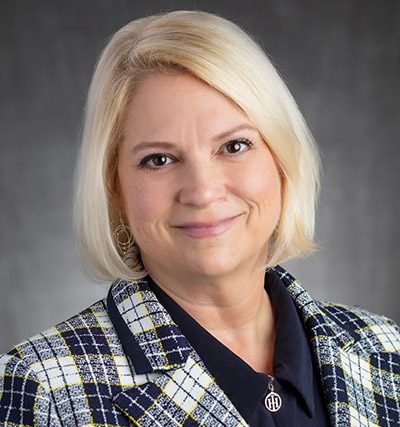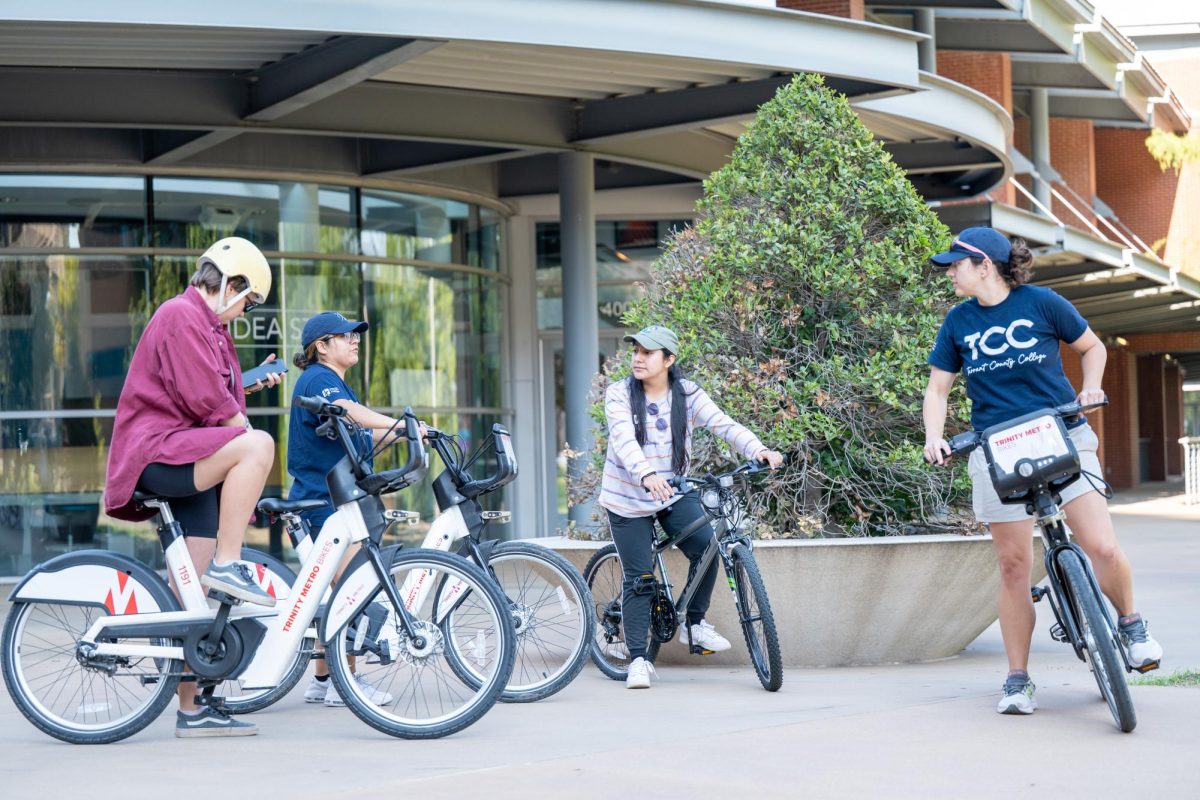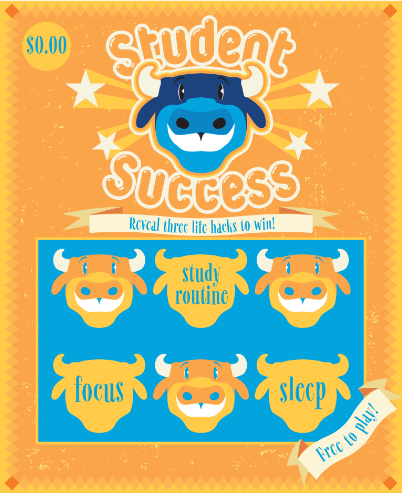By Brittnee Junkersfeld/reporter
Nineteenth century Asian immigrants’ experiences were a paradox, “visible, yet invisible,” North Lake College history professor Roy Vu told TR students April 27.
“Hopefully, you can pick up that Asian immigrants and refugees were not sitting on the sidelines when all of these particularly bad things were happening,” he said. “Instead, they were viewed as activists who found ways to contribute positively to the U.S.”
Students were presented information regarding the initial factors that brought Chinese, Japanese and Korean groups to the U.S. via the Pacific Passage.
“The California Gold Rush of 1849 developed a sense of eagerness within poor Chinese folks from the countryside who were escaping poverty and famine,” he said. “Ultimately, they were seeking job opportunity and a better life.”
A common benefit for the immigrants was agricultural and employment opportunities due to the intense need for cheap, unskilled workers.
Entry points varied from California to Louisiana and Hawaii.
Upon arrival, Japanese immigrants created Little Tokyo and Japan Town for the purpose of familiarity while Louisiana became an establishment for the Filipino community, he said.
“Of course, there were a great deal of struggles for citizenship and opposition during the 19th century as well,” he said. “A serious rise in nativism caused laws such as the Chinese Exclusion Act, excluding Chinese from coming to the U.S. completely.”
Once the immigrants made it safely to the U.S., the Asiatic Exclusion League persistently pressured Congress to pass laws restricting their rights.
Vu said the topic coincides with other times in history and is relevant to today’s politics.
He reminded students to be aware of the importance in comprehending the history of immigrants and all they had to endure.
“People ask me where I’m from, and when I say, ‘Houston, Texas,’ they say, ‘No, really, where are you from?’” he laughed. “I politely say, ‘Vietnam.’”


































